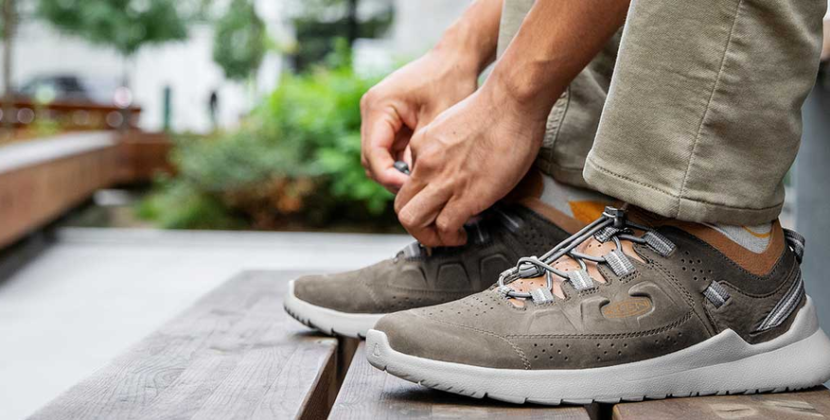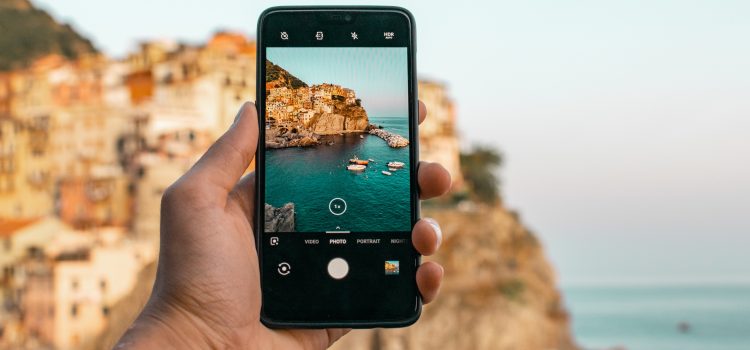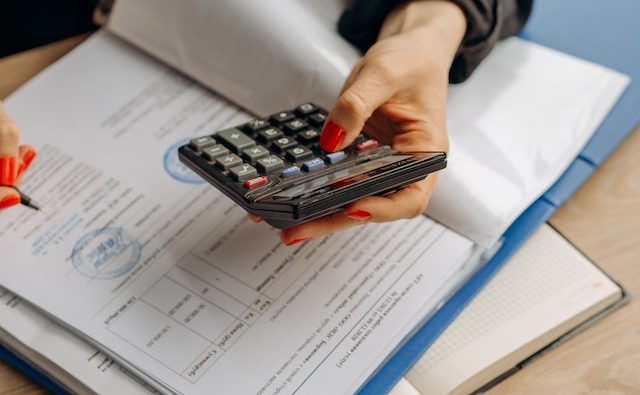
Are you tired of taking lackluster photos with your smartphone? Do you envy the stunning pictures that other people seem to effortlessly capture on their devices? Fear not, because we’ve got you covered! In this blog post, we’re sharing 10 simple tips that will help take your smartphone photography skills to the next level. Whether you’re a beginner or a seasoned photographer, these tips are sure to improve your technique and have your friends and family marveling at your newfound talent. So grab your smartphone (and maybe a notebook), and let’s get started!
Get Out and Shoot
If you’re like most people, your smartphone photography skills are not up to par. Here are some simple tips to help improve your photography:
1. Get out and shoot! When you take pictures with your smartphone, keep in mind that the environment around you will contribute to the quality of your photograph. If you’re shooting a scene in a natural setting, for example, try to get near or on top of something that can add interest to the image. If you’re taking a picture of someone else, try to get close so that their features are in better focus.
2. Use HDR photography! HDR (high dynamic range) photography is a great way to capture multiple exposures and combine them into one image that appears more realistic than if you were only shooting one exposure. When taking an HDR picture, be sure to hold down the button on your camera until all of the exposures have been taken and then release it.
3. Use manual settings! When it comes to taking pictures with your smartphone, sometimes it’s easier just to use manual settings rather than relying on automatic modes. This allows you more control over how the image looks and makes it easier for you to fix things if they go wrong.
4. Take advantage of filters! Filters are a great way to add extra depth and texture to your photos without having to spend time editing them later on. Try using filters when capturing landscapes or shots of people in natural settings; they’ll help give your photos
Use Natural Lighting
1. Use natural light to improve your smartphone photography.
One of the simplest ways to improve your smartphone photography is to use natural light. This can be achieved by taking advantage of the sunlight, artificial light, and diffused light that is available in most environments.
Take advantage of natural light when you can. If you are shooting outdoors, try to find a location that receives ample sunlight. If you are indoors, try to place your subject near a window or other light source.
Use artificial light when necessary. You may need artificial light if you are shooting in an environment where natural light is not available or if you do not have access to a window or other suitable lighting source. Try to use artificial lighting sparingly, however; it can create unnatural shadows and give your photos a synthetic look.
Finally, take advantage of diffused light. This type of lighting is created by spreading out direct sunlight with a diffusion filter or using artificial lighting that has been softened with a diffuser lens. It is ideal for indoor photographs and can provide a more realistic look than either natural or artificial lighting alone.
Use the Right Camera Gear
1. Choose the Right Camera Gear
When choosing the right camera gear for your smartphone photography, it’s important to consider your intended use. If you’re only taking photos for online sharing or printing off at home, a lower-end camera with basic features will suffice. However, if you’re planning on using your smartphone to take high-quality photos for professional purposes (like wedding photography), you’ll need to invest in better equipment.
Some of the key factors to consider when purchasing camera gear for smartphones include:
• Sensor size – A larger sensor size will result in better image quality, especially if shooting in low light conditions. However, larger sensors can also be more expensive and require more space on your phone.
• Resolution – The resolution of a camera determines how detailed an image can be and is measured in megapixels (MP). Higher resolutions generally result in greater detail and crisper images. However, higher resolutions also require more storage space on your phone and may require upgrading to a newer model phone.
• Field of view – A wider field of view allows you to capture more surroundings in a single photo than a narrower field of view. However, wider fields of view can make it harder to focus on specific objects in the scene and can result in less detail in close up shots.
• Auto focusing – Some cameras have auto focusing capabilities that help keep your photos sharp by automatically adjusting the focus as you take photos.
• Image stabilization – Images taken with
Shoot in RAW
If you’re a smartphone shooter, there are a few simple things you can do to improve your photos. Shoot in RAW format if possible. This will give you more flexibility when editing your photos later on.
Another tip is to use a good quality lens. If you’re not sure what lens to buy, look for something that has been recommended by professionals or online photography forums.
Lastly, take some time to experiment with different lighting and photo angles. By doing this, you’ll be able to create more interesting and unique photographs.
Experiment
1. Experiment with different settings on your smartphone camera to find the best combination of color, brightness, and focus for your photos.
2. Use a tripod or a stable surface to steady your phone as you snap photos. This will ensure that your photos are accurate and have more consistent detail.
3. Try using natural light sources instead of harsh artificial light when taking photos outdoors. This will help preserve the colors in your photos and make them look more natural.
4. Take time to adjust your photo settings before snapping a picture to get the perfect composition for your photo. You may also want to try using filters or adding text or graphics to enhance your images.
Get Professional Help
If you’re new to smartphone photography, there are a few simple steps you can take to improve your results. First, find an imaging app that works well for you and stick with it. Second, invest in a good camera lens. Third, be patient – learning how to photograph effectively on a smartphone takes time and practice. Finally, use photo editing software to tweak your images to get the most out of them.
1. Find an Imaging App That Works Well for You
There’s no one perfect app for taking fantastic smartphone photographs, so find one that you really enjoy using and stick with it. The app should have features that complement your photographic style and help you produce excellent results quickly and easily.
2. Invest in a Good Camera Lens
A good camera lens will make a huge difference to the quality of your photographs. If you don’t have one yet, consider investing in something like the iPhone 6 Plus’ dual-lens camera or Samsung’s Galaxy S6 Edge+. These cameras are capable of capturing stunning images even when shooting indoors or from low angles.
3. Be Patient – Learning How to Photograph Effectively on a Smartphone Takes Time and Practice
It takes time and practice to become an effective smartphone photographer – but the rewards are great! Start by experimenting with different shooting modes (such as aperture priority or shutter speed priority) and settings until you find something that works best for you. Then experiment with different lighting conditions – artificial light is
Conclusion
Regardless of your smartphone photography experience, there are likely a few things that you could do to improve your results. In this article, we outline 10 simple tips that can help you take better photos on your smartphone. From learning about shutter speed and ISO to experimenting with composition and light, these tips will help you take better pictures no matter what your level of expertise may be. So go out and start snapping some beautiful photos!










